Behavioral Health Equity
Behavioral health equity is the appropriate distribution of behavioral health resources dependent on individual, group, and community levels of need. This then promotes the right of all individuals to have fair and equal access to high-quality and affordable healthcare services and support, regardless of race, age, ethnicity, gender, disability, socioeconomic status, sexual orientation, or geographical location.1,2
The Hogg Foundation for Mental Health acknowledges that underserved communities have varying needs based on their background, culture, and experiences. We have included many, but not all, of Texas’s underserved communities within this section to explore issues surrounding behavioral health equity. This resource is intended to continuously evolve, reflecting advancements in research, expertise, and understanding of mental health and substance use across all communities.

Asian American and Pacific Islander (AAPI) Community
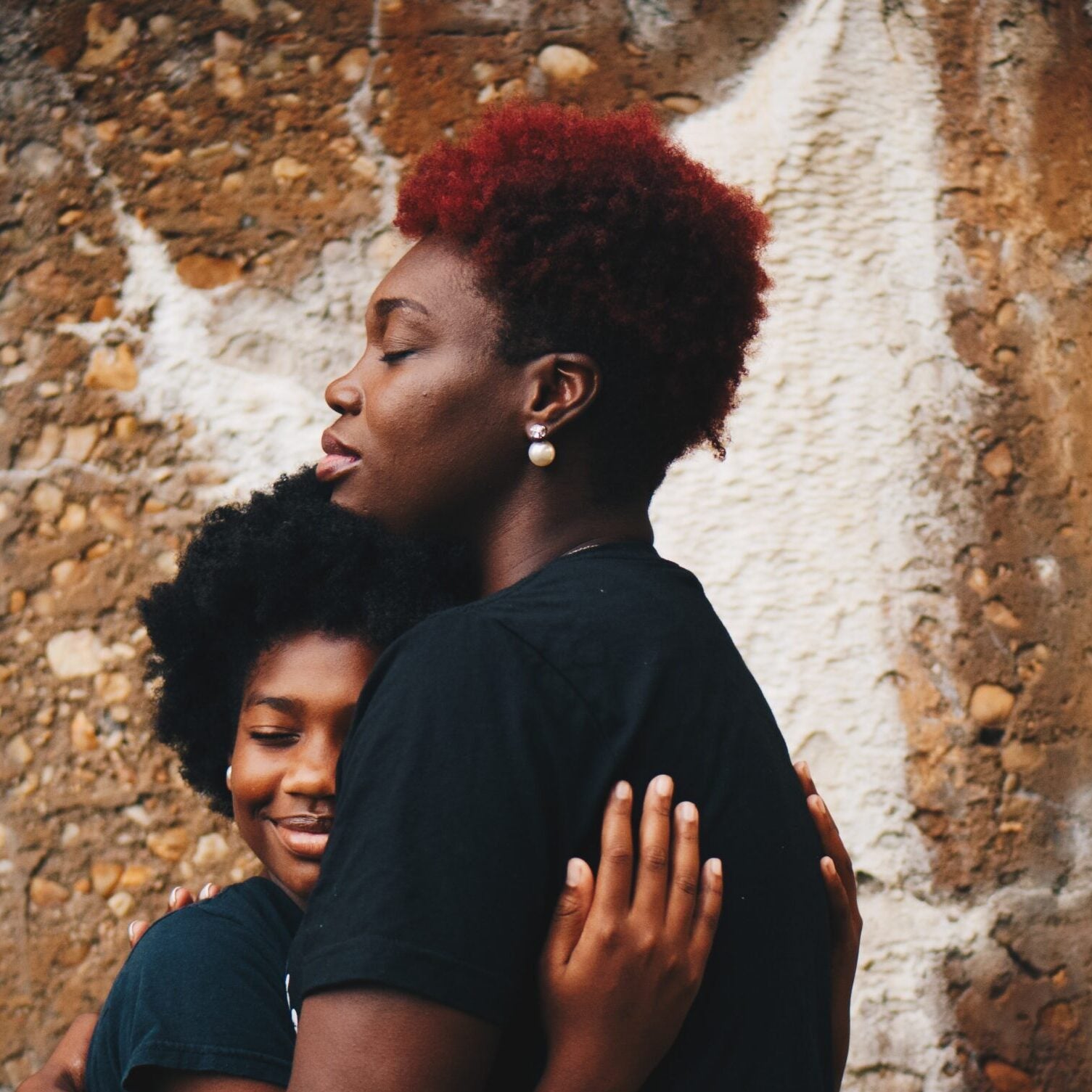
Black, Indigenous, People of Color
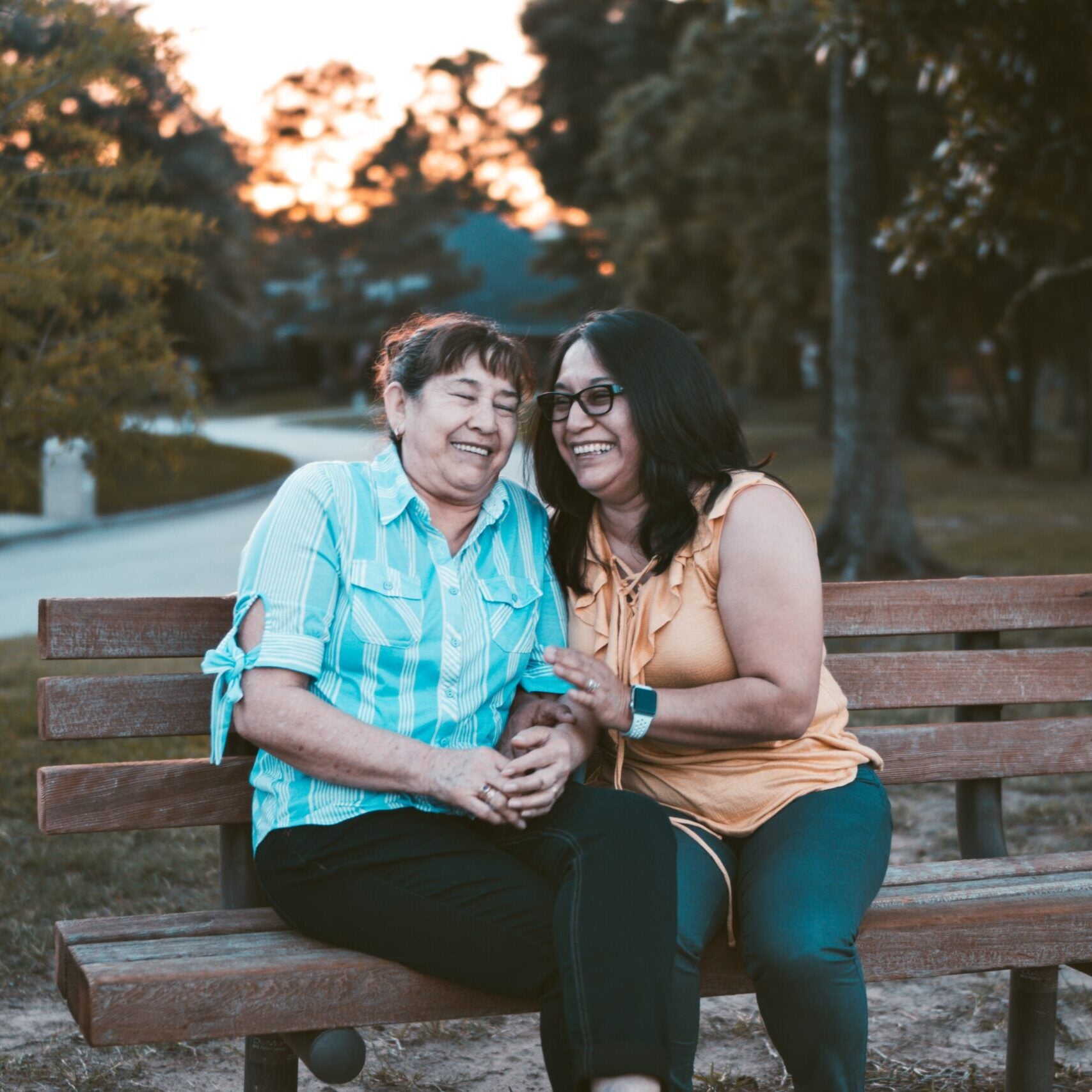
Hispanic and Latine/a/o/x
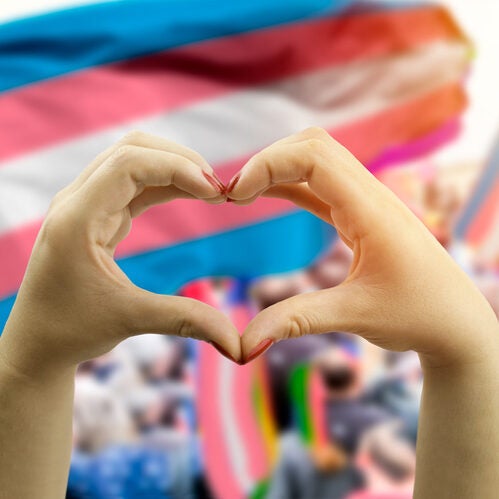
LGBTQIA+ Community
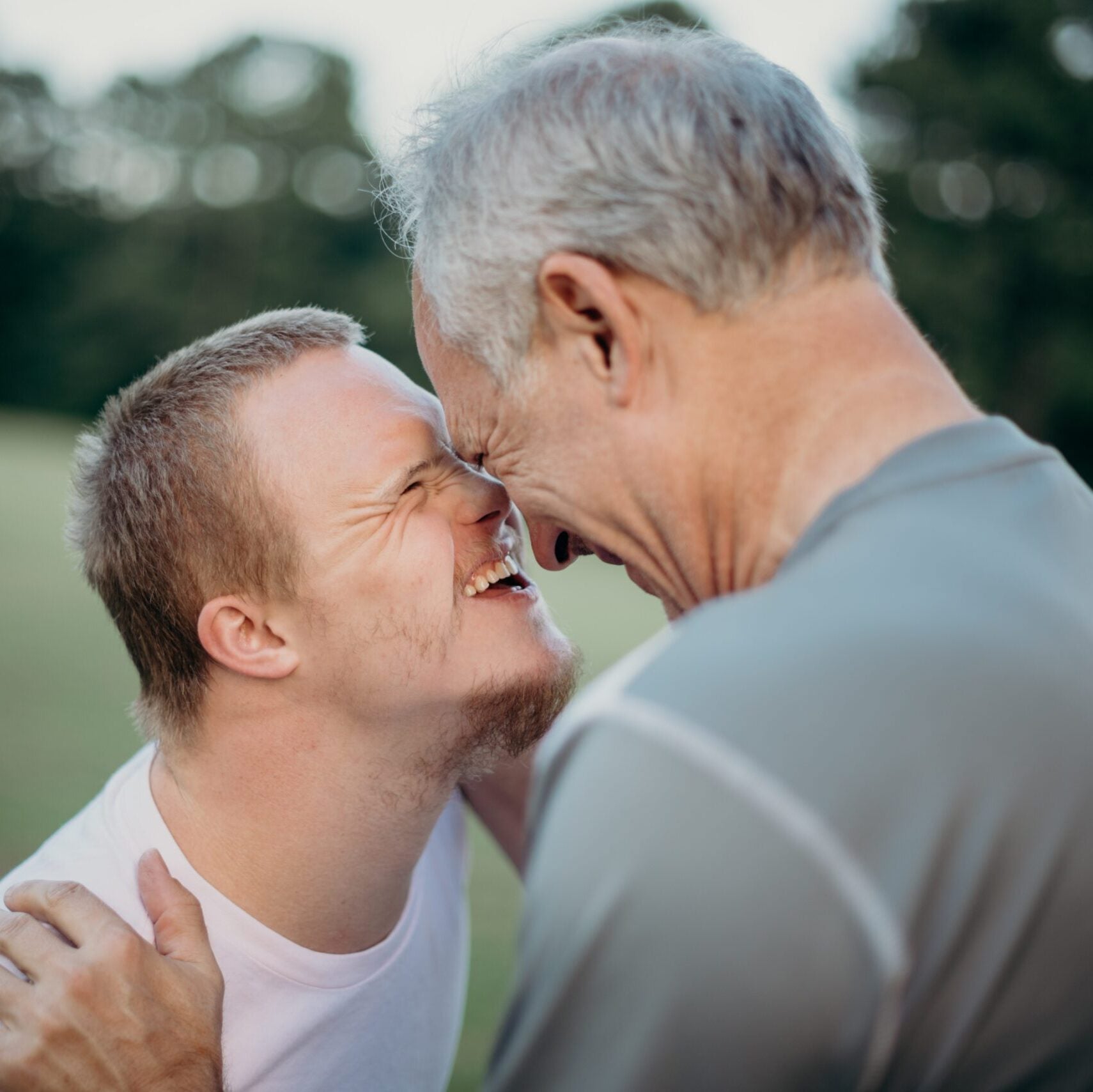
Meeting the Mental Health Needs of Individuals with Intellectual and Developmental Disabilities
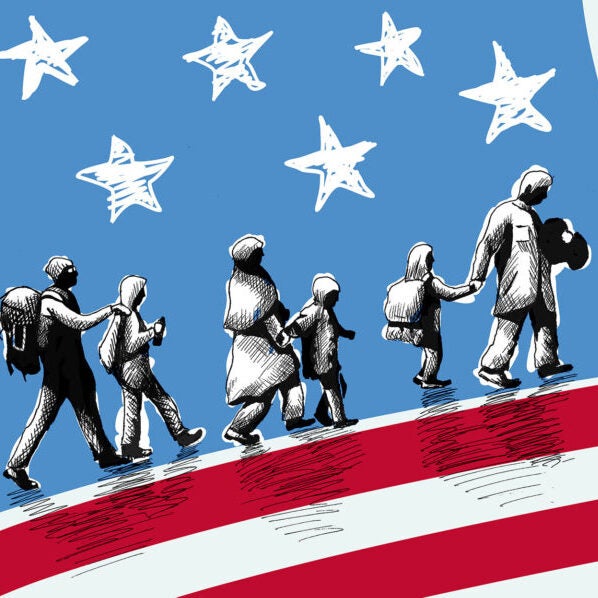
Migrant Mental Health
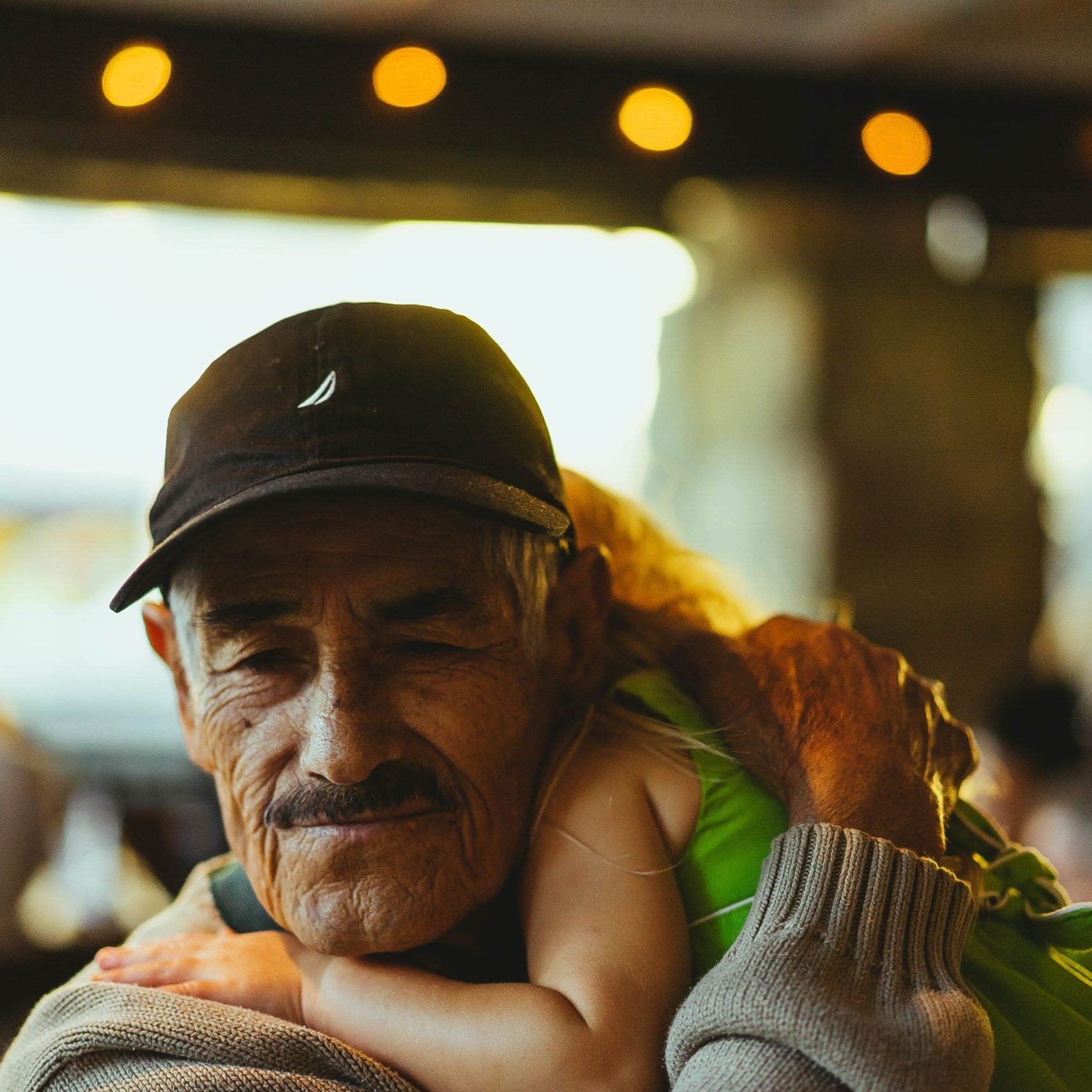
Older Adults
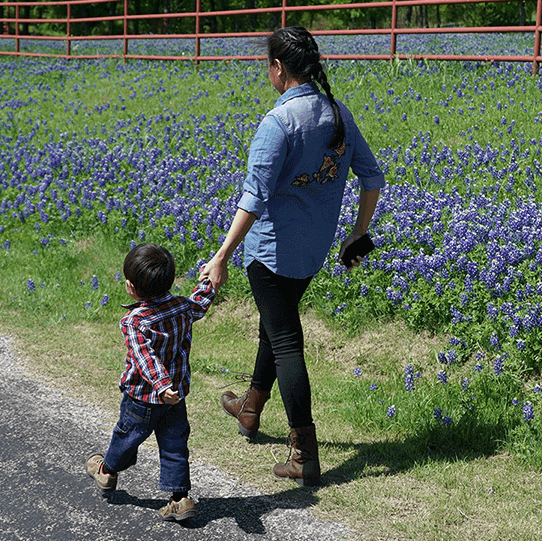
Rural Mental Health

Veterans
References
- Substance Abuse and Mental Health Services Administration (SAMHSA). (2024). Language Access Plan. Publication No. PEP24-05-001MD. Office of Behavioral Health Equity and Office of Communications, Substance Abuse and Mental Health Services Administration. Retrieved from https://store.samhsa.gov/sites/default/files/language-access-plan-pep24-05-001.pdf ↩︎
- SAMSHA. (2023). Behavioral Health Equity. Retrieved from https://www.samhsa.gov/behavioral-health-equity ↩︎
Updated on November 3rd, 2025